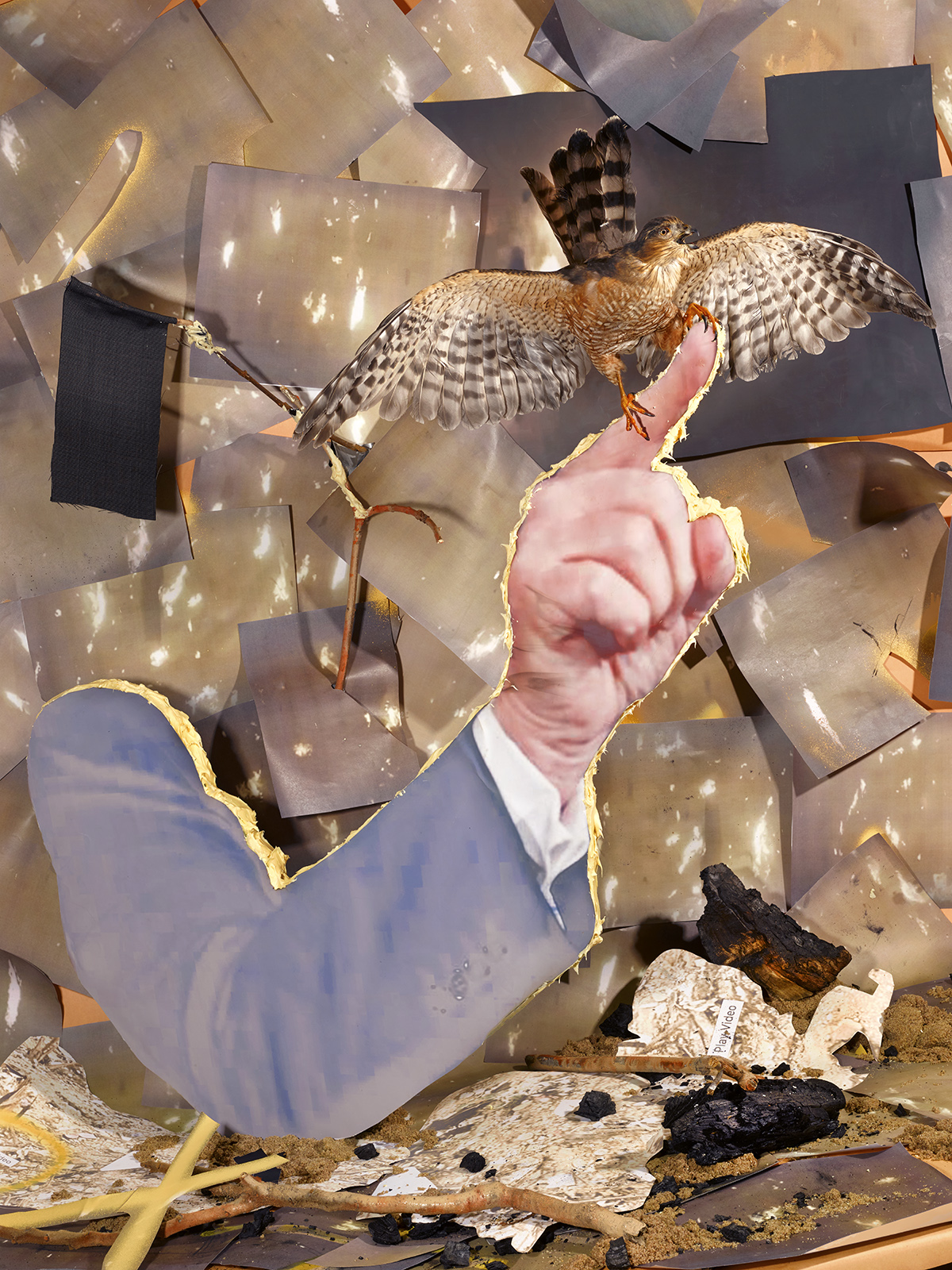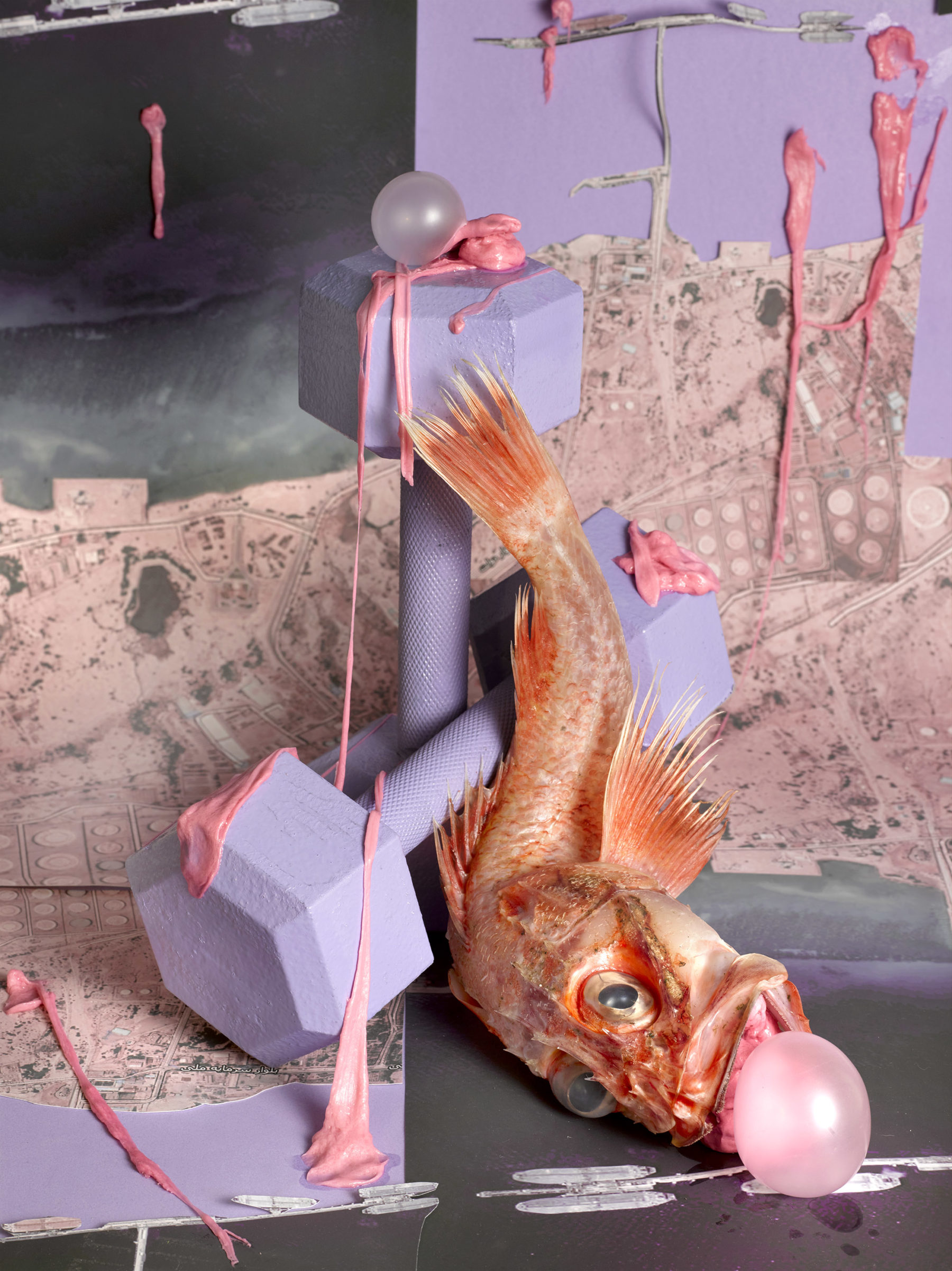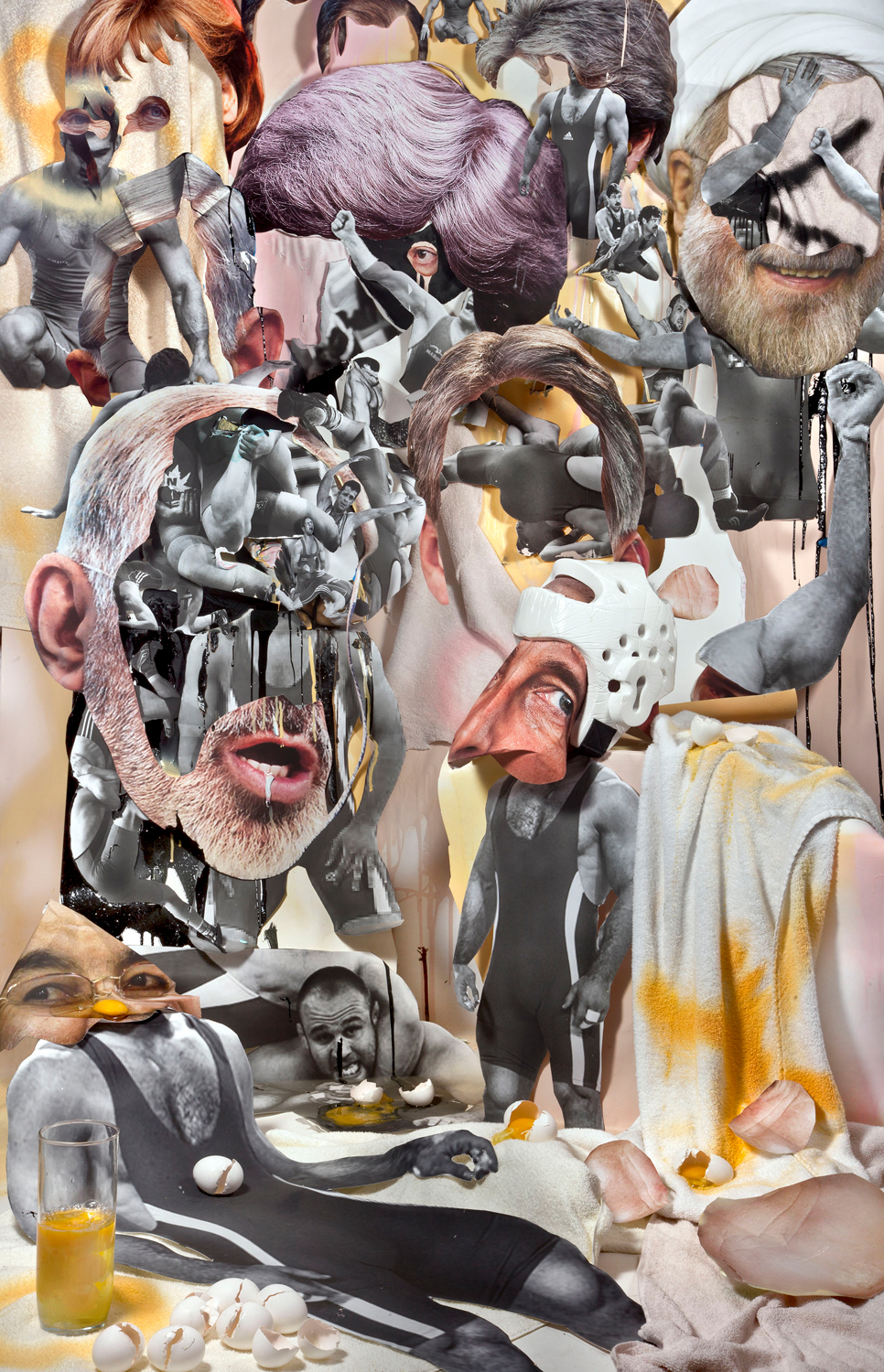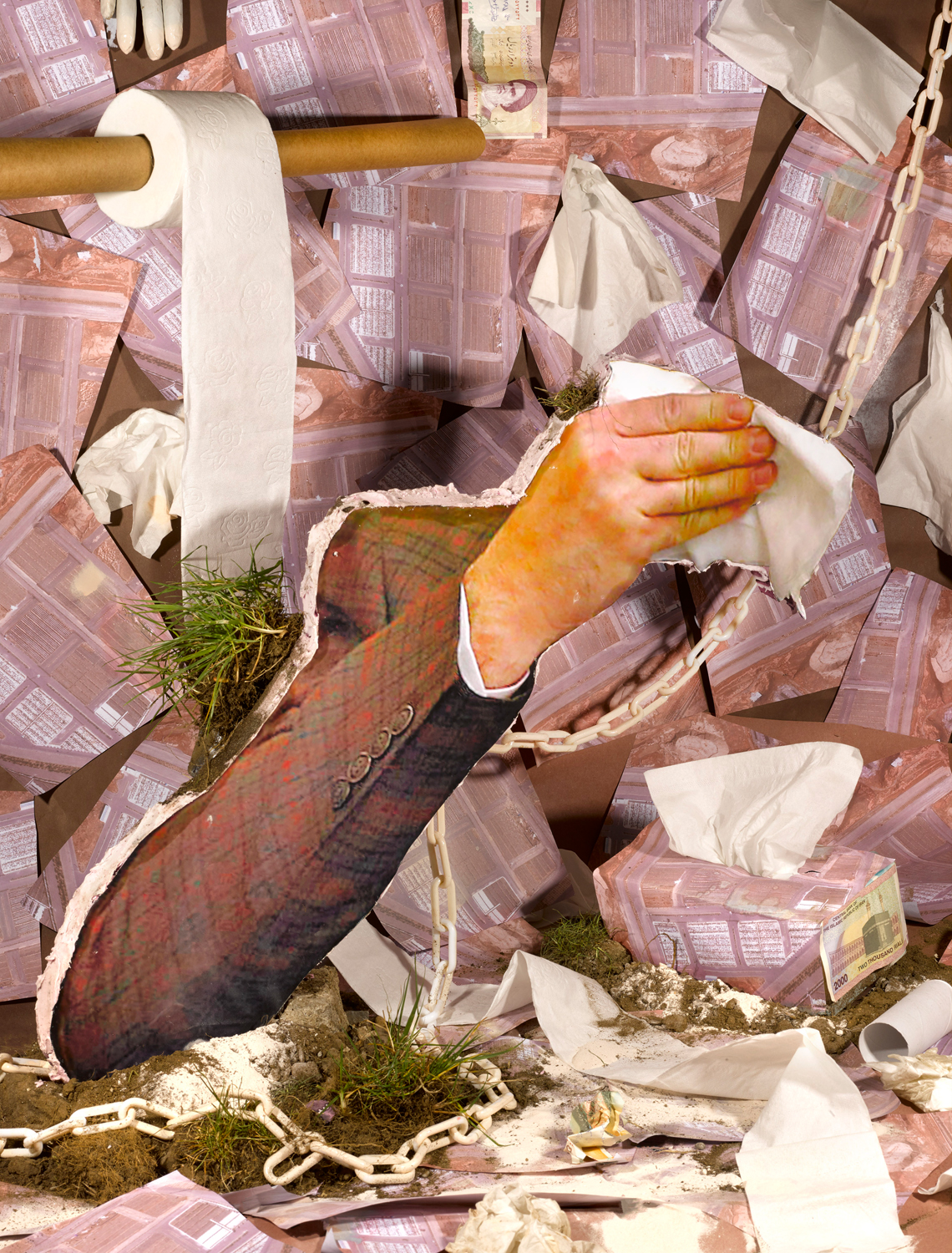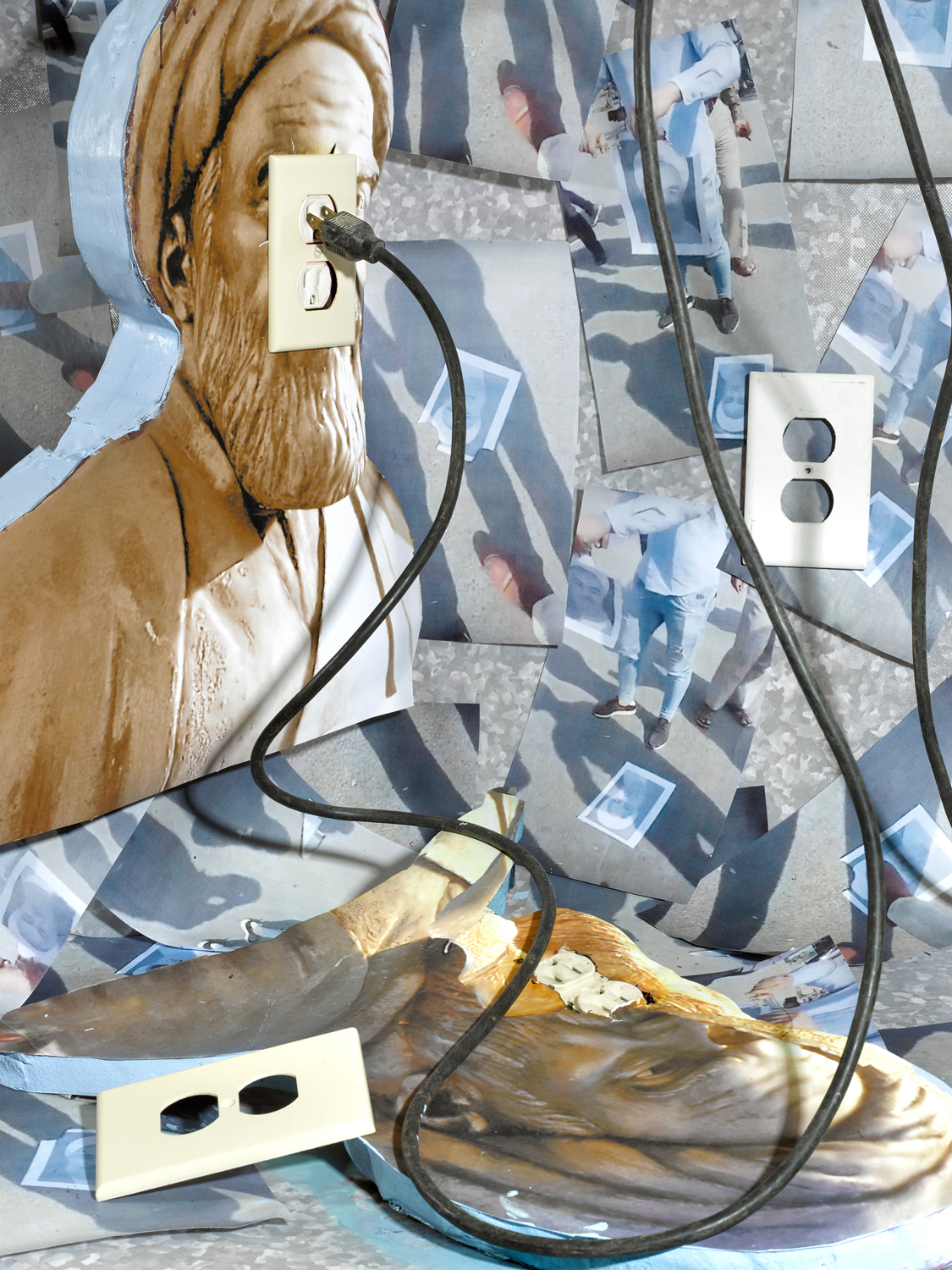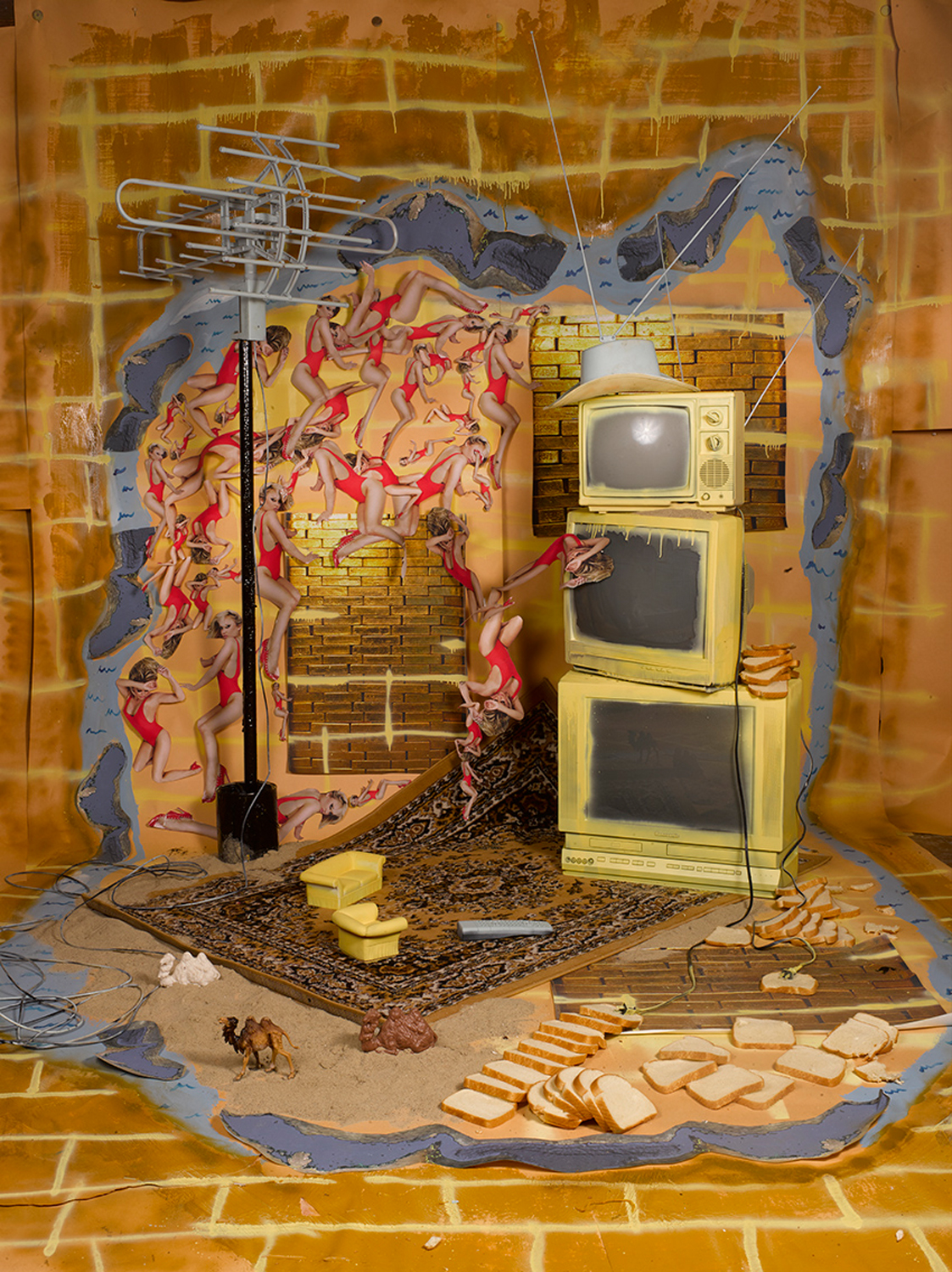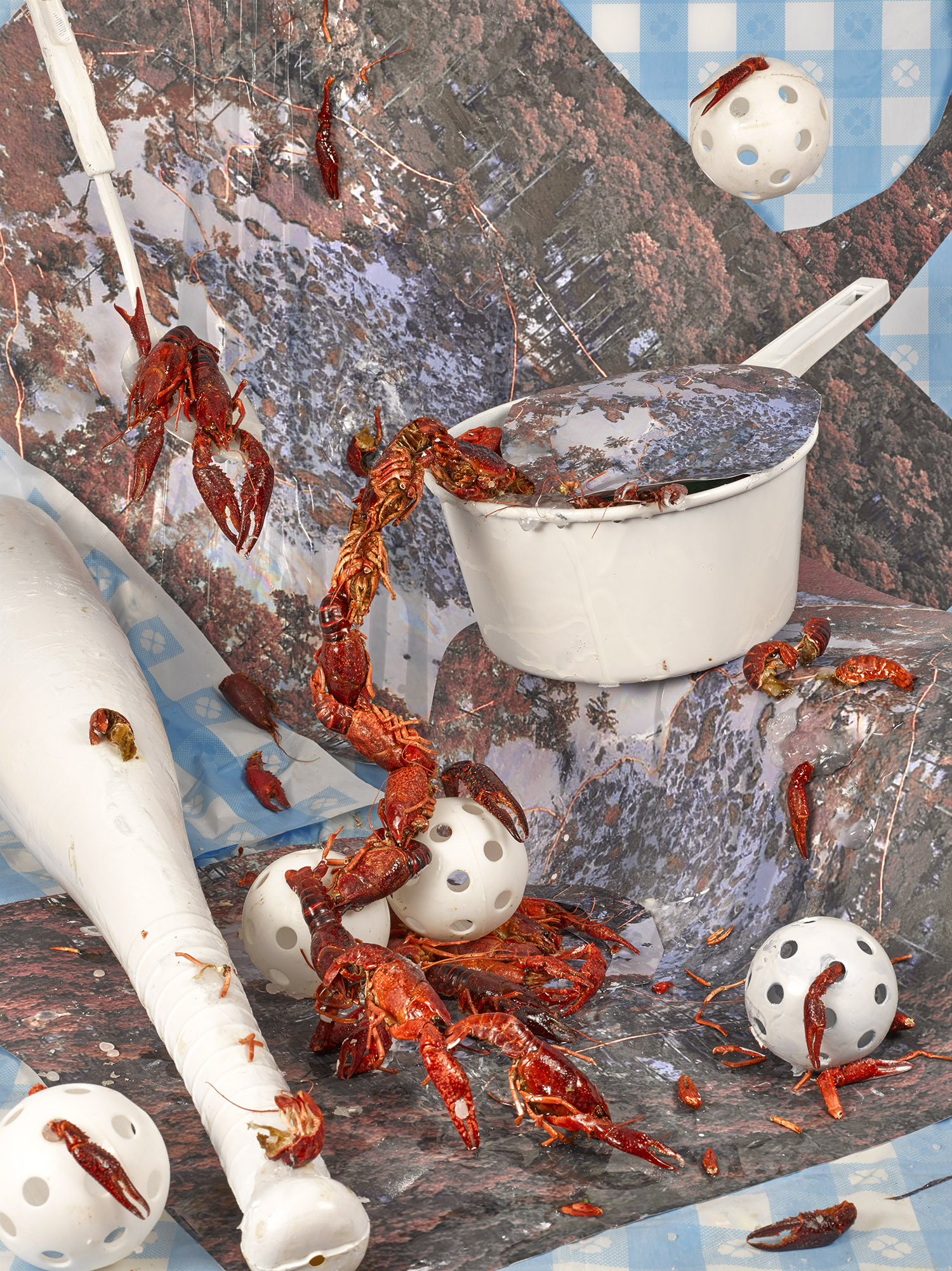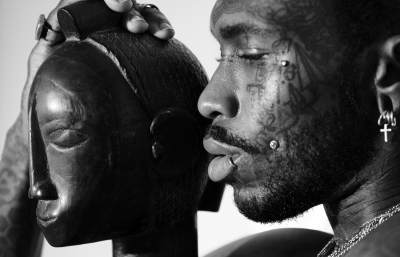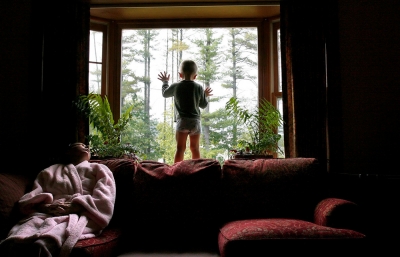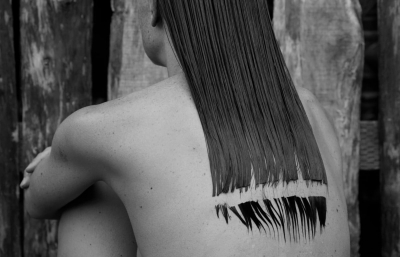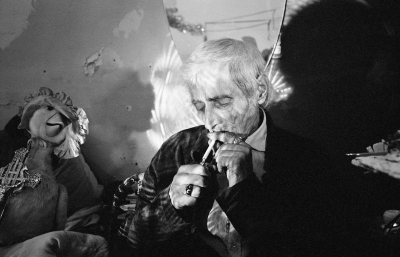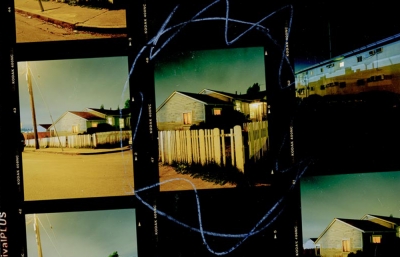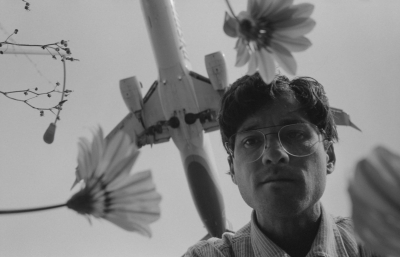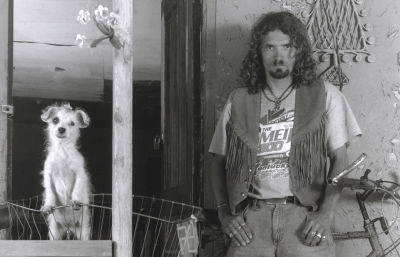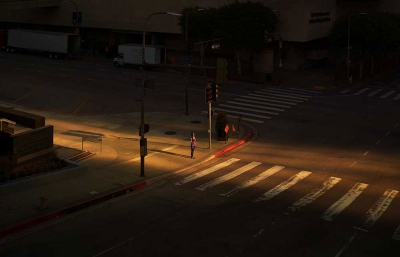Sheida Soleimani’s new exhibition, Hotbed, at Denny Dimin Gallery advances her inquiry into the crises that define Iran and the United States’ relations. Superimposing source imagery onto sculptural backdrops to illustrate the complex relationships between these hostile nations, Soleimani’s photographs are virtual palimpsests. Paradoxically, this paper-thin practice of layering foregrounds weighty ethical questions about how power operates, justice is served, and damage is done. These photographs reflect and critique and chop and screw hot button issues: demands for reparations, sanctions on trade and resources, and the “crude” history of the petroleum industry. Collectively, they induce atmospheres and moods that are agonizingly of the moment. Yet even as crises proliferate while media algorithms are increasingly geared to restrict our attention, Soleimani’s work produces the possibility of an otherwise and an elsewhere, modeling how we can create broader horizons of attention to include a multiplicity of crises.
Drawn from her newest series, Levers of Power, Hotbed (2020, archival inkjet print) most immediately treats Iran’s response to the COVID-19 pandemic. In the manner of a still life, the image freezes the arm of the deputy health minister of Iran in the act of wiping his brow, on the one hand isolating the gesture of a corrupt official, and on the other revealing the links between this public gesture and the country at large. Iraj Harirchi would be diagnosed with COVID-19 shortly after a press conference, even as his physical discomfort was then read as a sign of his unease with concealing the actual extent of the pandemic. Objects in the image invite viewers to build new readings: flypapered in the background are satellite images of mass graves dug for the pandemic dead, while lime, used to dissolve flesh, dusts grass and soil; a chain references sanctions on Iran, which had already thrown the country into economic depression.

